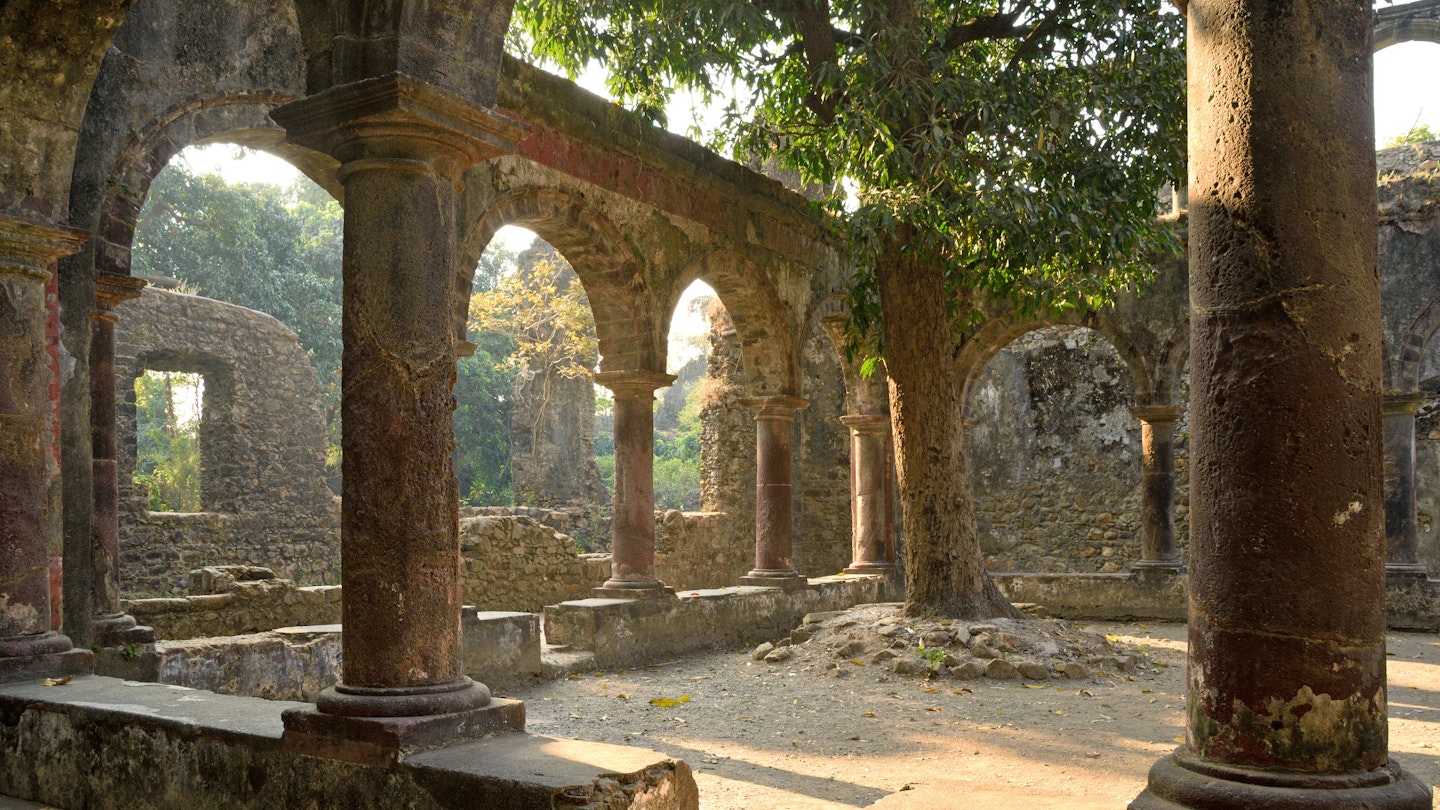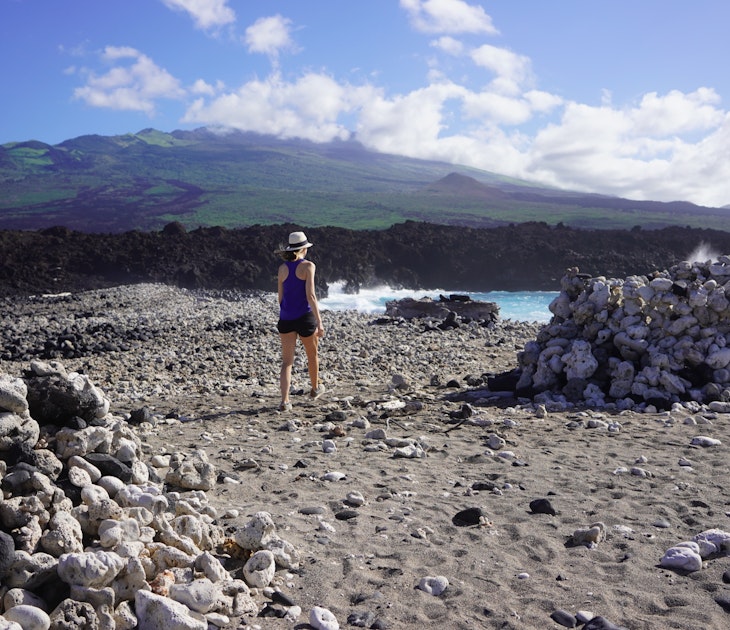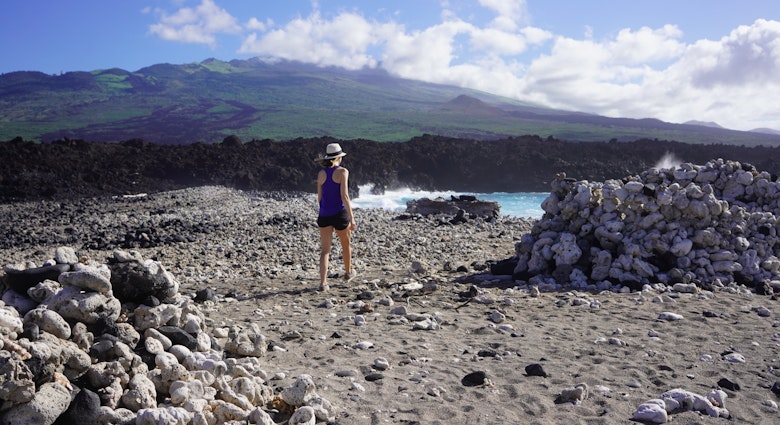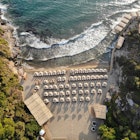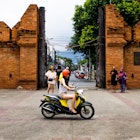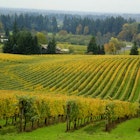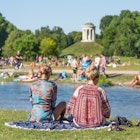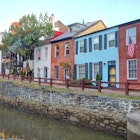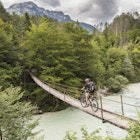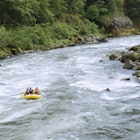Fondly referred to as the city of dreams, India’s financial centre is a buzzing metropolis, a place of night-time illuminations, towering skyscrapers, frantic commerce and dynamic citizens enjoying India’s fastest-evolving dining and music scenes. For many Indians, Mumbai is the beating heart of the nation. However, the city’s chaotic slums, angry-wasp buzz of traffic noise and pothole-ridden roads can leave even the most experienced travellers feeling intimidated and exhausted.
The good news is that it’s easy to escape. Here are a few hand-picked getaways from Mumbai where you can find solace away from the maddening noise of the city’s crowded streets. Revel in nature, sample Maharashtra’s rich culinary heritage or get up close and personal with the some of the city’s longest established migrant and tribal communities, all a stone’s throw away from busy downtown.
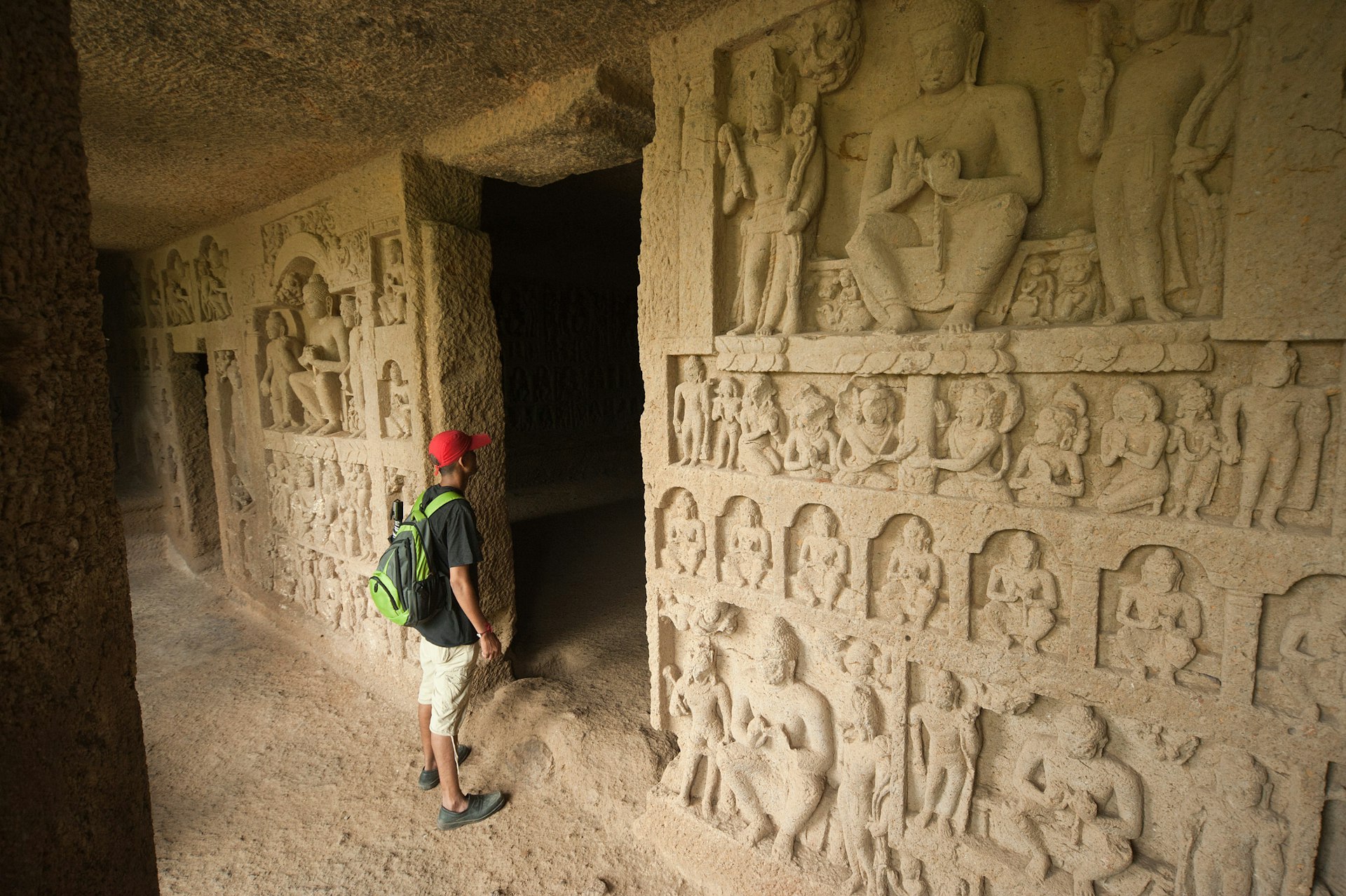
Getting green in the city
Overflowing with indigenous flora and fauna, 2000-year-old Buddhist caves and two of largest lakes supplying water to Mumbai, Sanjay Gandhi National Park is one of the most important ecological hotspots in India, tucked into the northern outskirts of the city. Often called the ‘lungs of Mumbai’, this green space offers plenty for nature lovers and wildlife enthusiasts. Beyond the zoo-like attractions by the park entrance are nature walks, cycling tours, and rambles through caves that once hosted a thriving Buddhist monastic community. Deeper inside the park, you can admire the beautiful Mumbai skyline from the highest point in the city, Jambulmal, rising 468m above the city. A trip to Sanjay Gandhi National Park promises calm, fresh air and a happy high that will leave you wondering if you are indeed in the chaotic city of Mumbai.
Practicalities: To get to Sanjay Gandhi National Park, hop on an early morning local train from Mumbai Central Railway Station to Borivali station (on the Western Line). A short auto ride from the station will drop you at the entrance of the park.
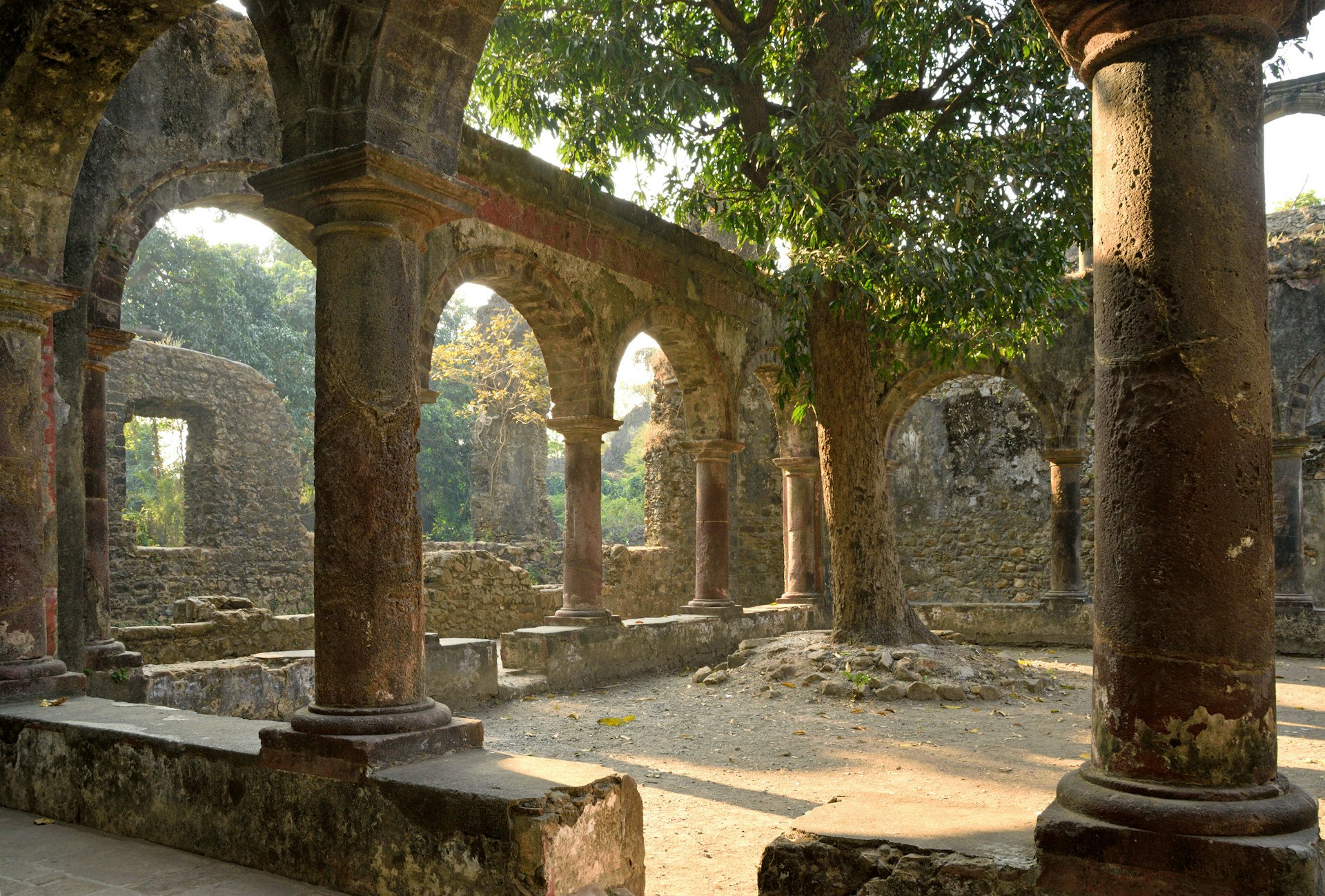
Discover Mumbai’s Portuguese legacy
Just 40km away from the centre of Mumbai lies what remains of the 16th-century settlement of Bassein (now called Vasai), founded by the first colonials to set up camp on the west coast of India. Portuguese relics lie dotted around the neighbourhood, including the 500-year-old Bassein Fort. While most of the fort now lies in ruins, visitors can wander through crumbling edifices that offer an atmospheric window onto the lives of its erstwhile constructors, rulers and inhabitants. The best time to visit the fort is definitely the monsoon season, where the entire neighbourhood comes to life and everything turns green, creating a great setting for outdoor photo shoots.
Practicalities: The nature conservation association Bombay Natural History Society offers regular guided tours to the fort and wildlife walks around the area. Alternatively, you can tour the fort on your own by taking one of the regular trains from Dadar, Bandra or Andheri Station (on the Western Line) to Vasai Station, a 20-minute autorickshaw ride from the fort.
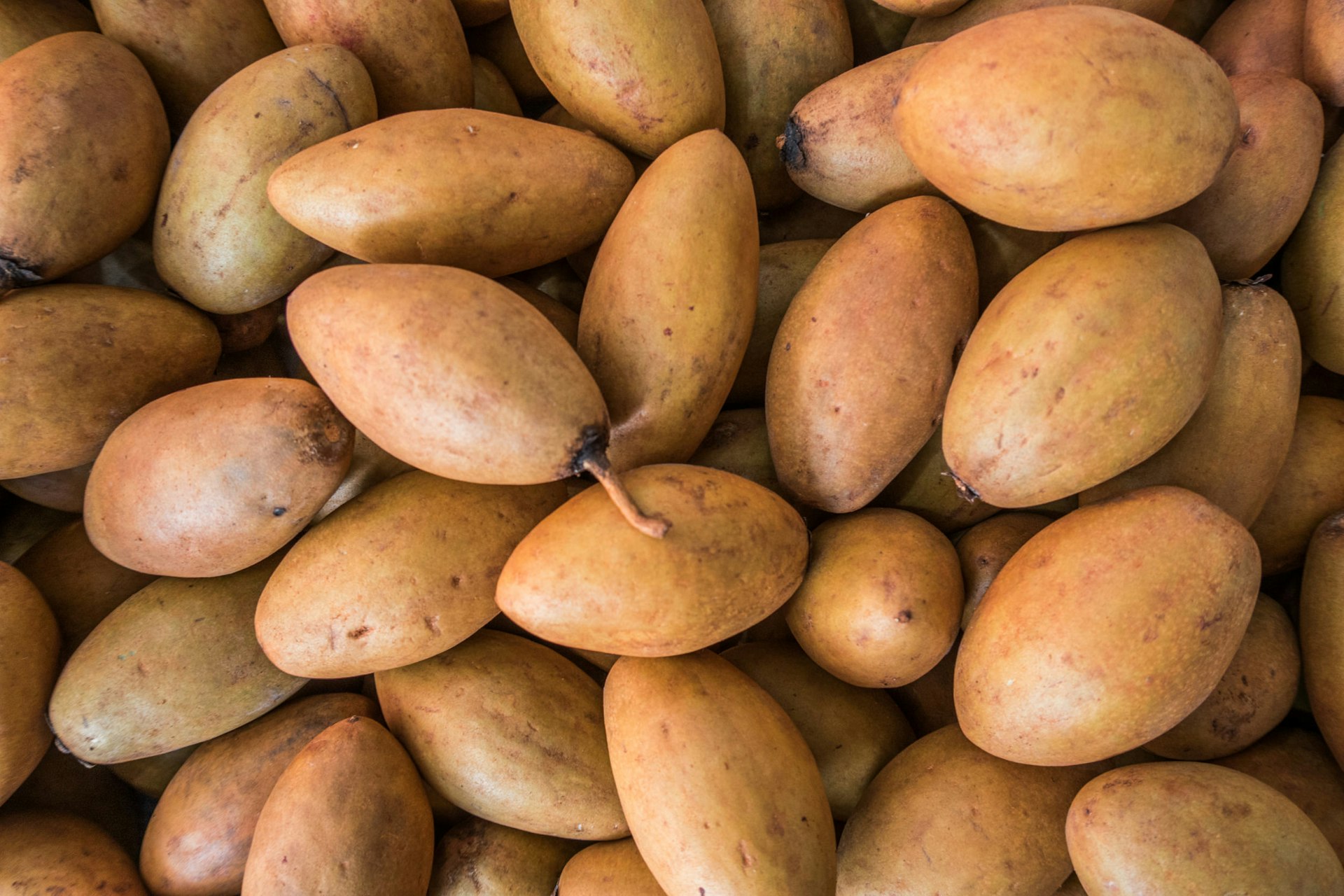
Maharashtra’s unexpected Mexican connection
A comfortable four-hour train ride from Mumbai will take you to the charming black-sand beach at Bordi, where some of the first Iranian refugees arrived in India, fleeing persecution from the Qajar rulers of Yazd in Persia. Long known for its idyllic beaches, Zoroastrian culture and delicious Parsi cuisine, Bordi is attracting growing numbers of visitors as an ‘agro-tourism’ hotspot, thanks to the presence of a surprising Mexican expat – the chikoo (Sapodilla) tree, introduced from Mexico by Parsi farmers in the 1920s.
Every January, farmers in the village come together to host the annual Chikoo Festival, paying homage to the fruit which has empowered local growers and provided new financial avenues for village women making chikoo products such as chips and pickles. Various plantations and farms offer tours that showcase the area’s culinary traditions, arts and indigenous tribal culture.
Practicalities: Trains run throughout the day from Mumbai Central Railway station, via Dadar and Bandra, to Gholvad, which is 2km from Bordi by road. To reach Bordi from Ghlovad, take an autorickshaw or charter a taxi for a round trip.
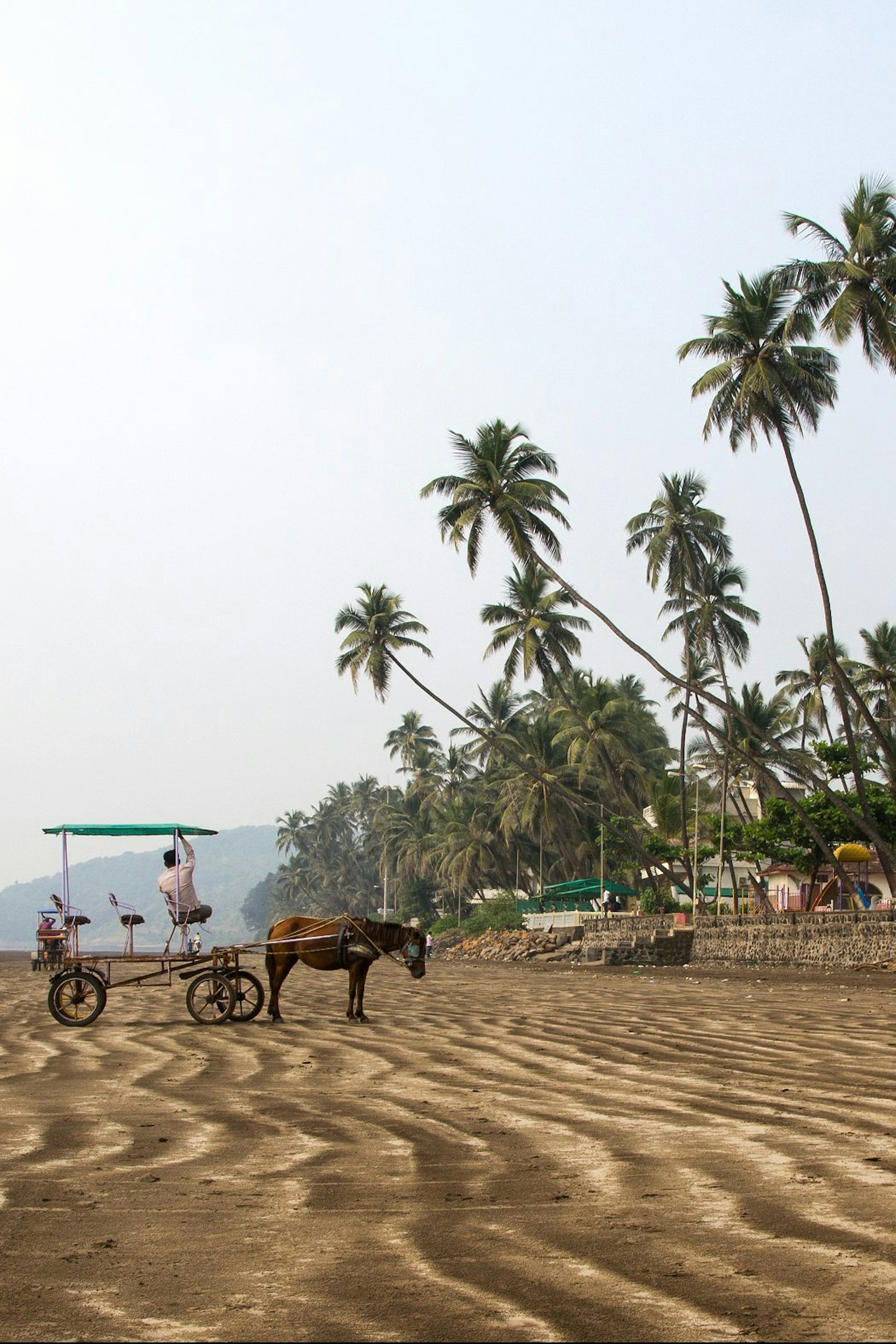
Find peace across the water
If you’re looking for long beach walks, beautiful sunsets, hikes to historic forts, open-topped jeep rides, horse riding or just some simple me-time, Alibag (Alibaug) has the whole package. A playground for history geeks and beach fans and a haven for seafood lovers, Alibag has long been a favourite escape from the city. Add in a peaceful ferry ride across the Arabian Sea, with sea breezes and seagulls flying overhead, and you’re guaranteed a relaxing getaway from the city hustle and bustle.
As well as the sandy strip at Alibag, be sure to roam to the fort ruins dotted around the village, and the romantic fortress of Kolaba, a short boat-ride offshore. Chaul, an easy autorickshaw ride south, has more Portuguese-era fort ruins spilling onto the beach.
Practicalities: Ferries set out from the jetty by the Gateway of India in Colaba bound for Mandwa port. From here, buses and auto-rickshaws can whisk you to the beach and around.
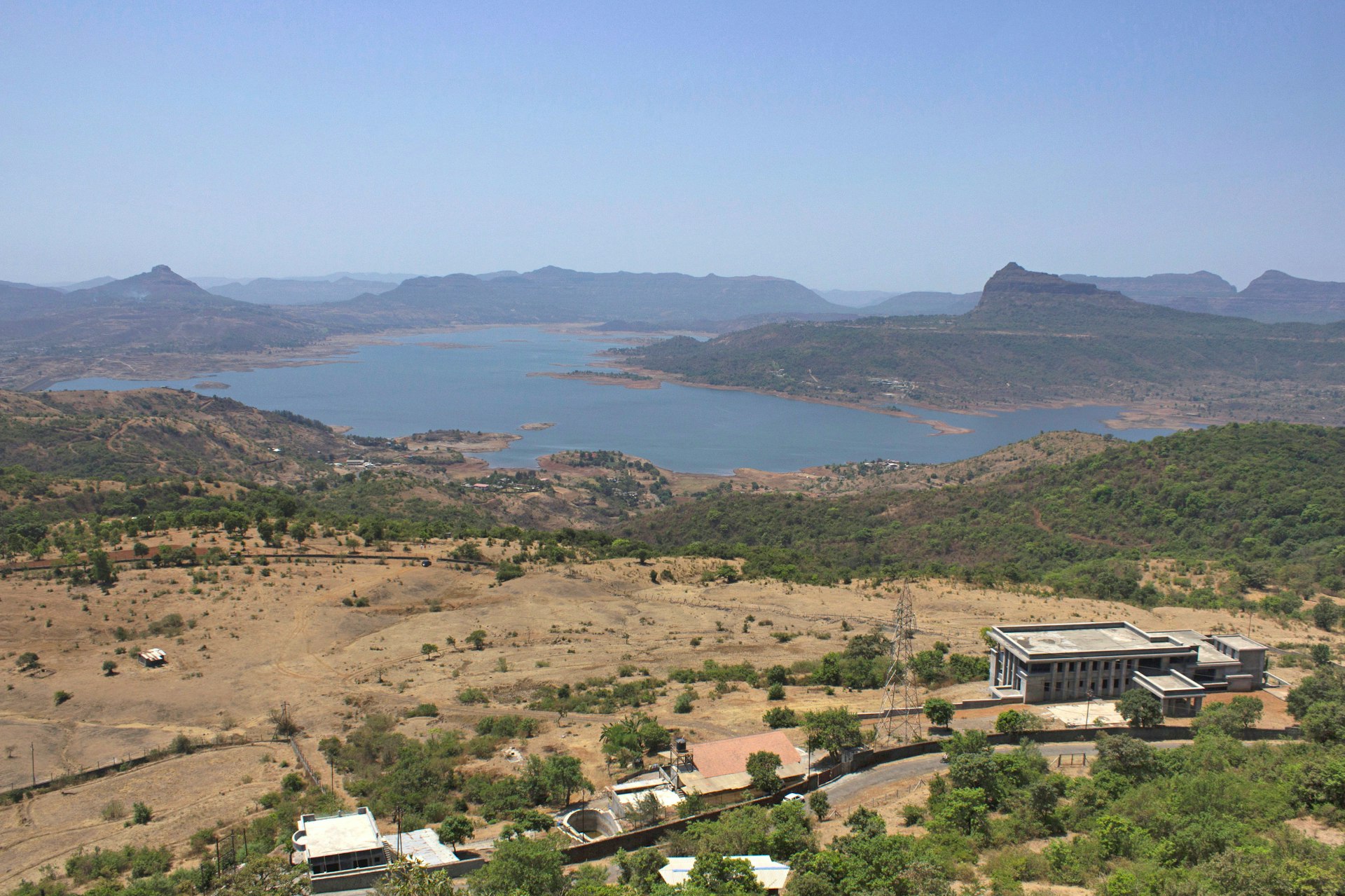
Freshwater play at Pavananagar
Close to the popular hill station of Lonavla, a short drive beyond the city limits of Mumbai, Pavananagar is a peaceful delight for people who want to spend time in the lap of nature. West of the village, the artificial man-made Pavana (Pawna) lake was created by a dam on the Pavana River, surrounded by immense beauty, refreshing greenery and craggy hills. Tucked away in Sahyadri ranges, a spur of the Western Ghats, the area is a UNESCO-recognised environmental hotspot, and a getaway here offers nature to sooth the soul, whether you come for camping, swimming, hiking or more adventurous options such as parasailing or kayaking.
Practicalities: Regular air-conditioned government buses run from Dadar in Mumbai to Lonavla, taking about two hours. From here, waiting cabs and autorickshaws can take you to the lake or Pavananagar village. Alternatively, you can reach Lonavla bus express train on the CST to Pune route.
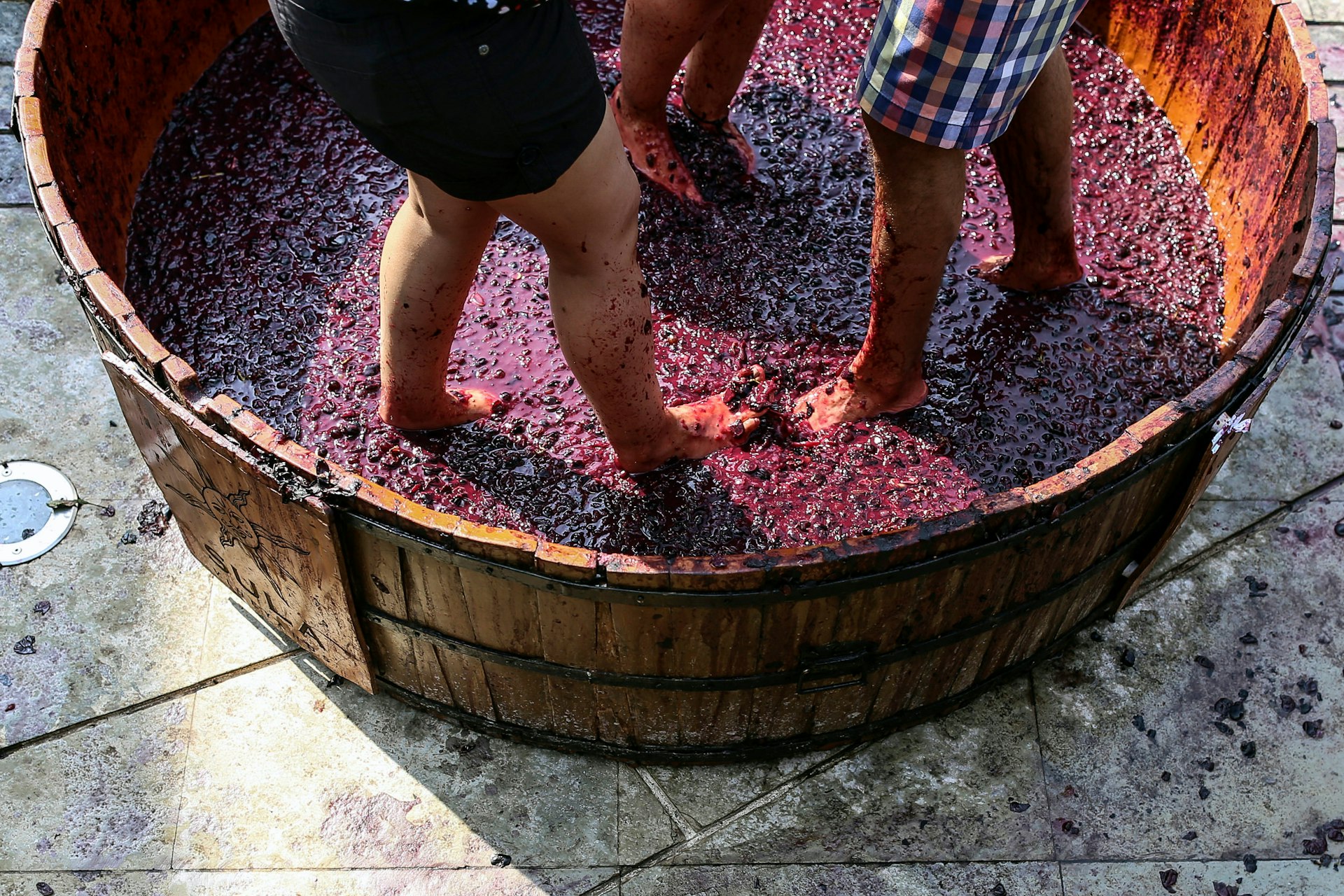
Indulge your inner wine connoisseur
If your epicurean tastes run to wine and cheese, head to India’s very own Napa valley, sprawling over the hills around Nashik (Nasik). Just three hours from Mumbai by road, this is a perfect escape from the city chaos, where you can sip, sup and take peaceful walks amongst the many famous vineyards. Take a tour of one of these vineyards and follow up with a romantic sunset dinner, coupled with a sampling of some of the best wines the region produces. Sula Vineyards, Grover Zampa and Chandon all offer expert-led tours and tastings.
Beyond the vineyards, Nashik is also one of India's oldest and holiest cities, the setting for a famous legend from the Hindu epic, the Ramayana. The old part of the city is home to ancient bathing ghats (riverside steps) and timeless carved stone temples, where devotees flock for encounters with the divine. For birding enthusiasts, there’s also the Nandur Madhmeshwar Bird Sanctuary, east of town on the Godavari River, a place of rich environmental diversity, where you have a good chance of spotting migrating waterfowl, storks, ibis, herons and flamingos during the winter months from December to March.
Practicalities: Regular government and private buses run throughout the day from Dadar to Nashik, taking three to four hours. Once you reach Nashik, you can hire a cab or an autorickshaw to reach the vineyards, city sights and the Nandur Madhmeshwar Bird Sanctuary.
